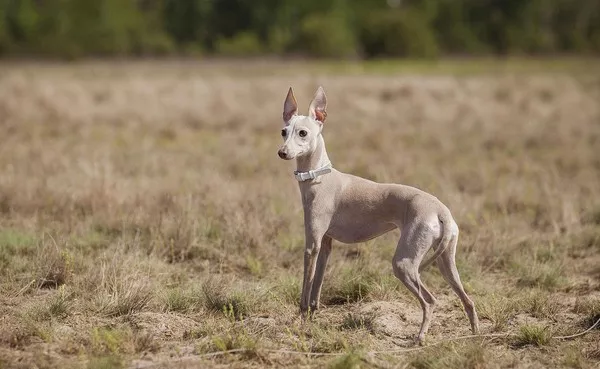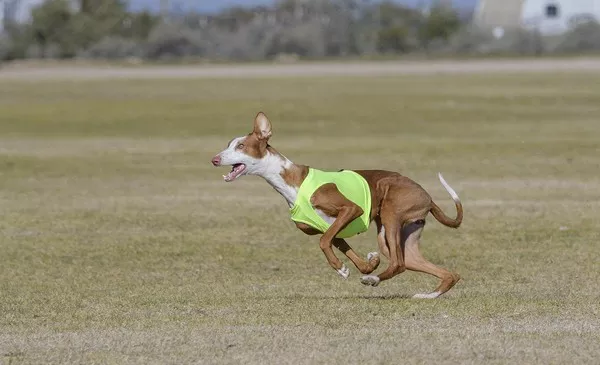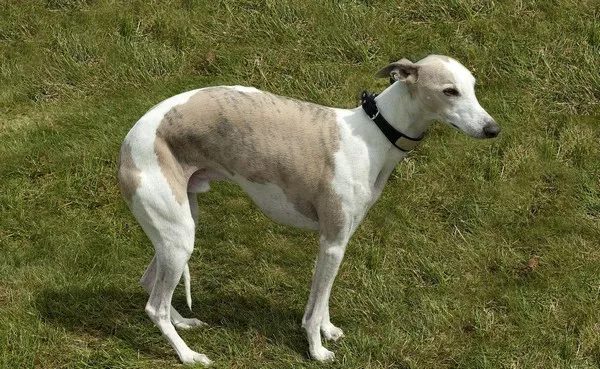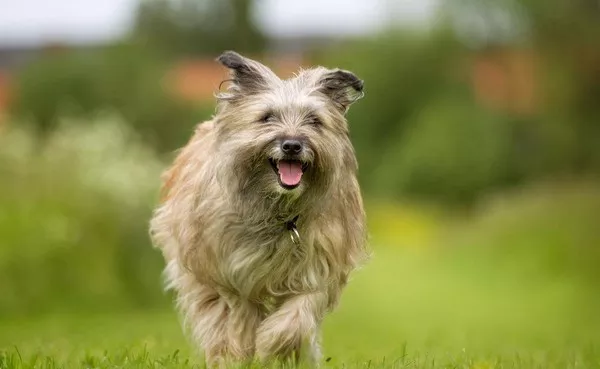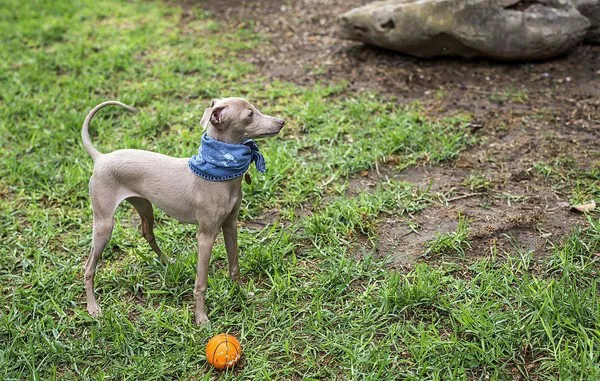Foxhounds, a breed originally developed for hunting foxes, are widely regarded for their speed, stamina, and endurance. As one of the most iconic breeds associated with hunting, many people wonder: are foxhounds fast? In this article, we will delve into the key aspects of a foxhound’s speed, exploring not only their natural abilities but also the factors that influence their performance. We’ll cover the history of the breed, their physical characteristics, and how they compare to other dogs in terms of speed.
1. Introduction to Foxhounds
The foxhound is a breed of dog primarily used for hunting, especially for chasing and tracking foxes. The breed has its origins in England, where it was developed through the careful selection of dogs with traits conducive to hunting: stamina, speed, and a strong sense of smell. There are two primary types of foxhounds: the English Foxhound and the American Foxhound. While both are closely related, each has subtle differences in their speed, endurance, and appearance.
Foxhounds are part of the hound group of dogs, which is known for its exceptional olfactory abilities and stamina. These dogs are not only fast but are bred to chase prey over long distances, often at a pace that can be sustained for hours. This makes them stand out not just in terms of peak speed but also in their ability to maintain that speed over extended periods.
2. The Speed of a Foxhound: How Fast Can They Run?
Foxhounds are capable of reaching impressive speeds, particularly during a chase. On average, a foxhound can run at speeds between 24 to 28 miles per hour (39 to 45 kilometers per hour). This makes them one of the faster dog breeds, especially among hounds. However, their speed isn’t just about how quickly they can sprint over short distances—foxhounds are built for endurance. They can maintain a steady pace of around 20 miles per hour (32 kilometers per hour) for extended periods, especially when chasing down their quarry.
To understand how fast foxhounds are, it’s important to consider the context of their speed. Foxhounds aren’t sprinters in the same way that greyhounds are. While greyhounds can hit speeds up to 45 miles per hour (72 kilometers per hour) in short bursts, foxhounds are more focused on stamina, often covering long distances during a hunt. Their speed, combined with their endurance, allows them to stay in pursuit of their prey for hours without tiring.
3. Foxhounds vs. Other Dog Breeds: How Do They Compare?
While foxhounds are fast, there are several dog breeds that rival or surpass them in speed. For instance, the greyhound, often cited as the fastest dog breed, can reach speeds of up to 45 miles per hour (72 kilometers per hour). Greyhounds are sprinters, designed to chase small game over short distances. Their speed is unparalleled over the first 200 meters or so, but they lack the stamina of a foxhound for long pursuits.
In comparison to greyhounds, foxhounds have a more balanced combination of speed and endurance. They may not have the raw speed of a greyhound, but their ability to chase over long distances is superior. Other breeds that come close to a foxhound’s speed include the whippet, which can run at speeds of up to 35 miles per hour (56 kilometers per hour), and the saluki, capable of reaching around 42 miles per hour (67 kilometers per hour) in short bursts.
Despite these faster breeds, foxhounds maintain an edge in terms of sustained speed. This makes them excellent for the specific purpose of hunting foxes, where the chase can last for several miles and across various terrains.
4. The Anatomy of a Foxhound: What Makes Them So Fast?
The speed of a foxhound is not solely due to its innate talent for running but also to the way its body is built for high performance. Understanding the anatomy of a foxhound helps explain why they are so fast.
Musculature and Build
Foxhounds have a lean and muscular build, with long, strong legs that are ideal for running. Their body is streamlined and lightweight, which helps them reach high speeds without excess weight slowing them down. Their broad chest allows for large lung capacity, which helps them breathe efficiently while running long distances. Their powerful back legs provide the necessary thrust for speed, while their front legs work to propel them forward.
Limbs and Gait
The long legs of a foxhound contribute to its stride length, which increases their top speed. Additionally, the breed has a unique gait that is optimized for endurance. Foxhounds tend to use a smooth, efficient gallop that conserves energy and allows them to keep running for miles at a time without tiring.
Feet and Paw Structure
Foxhounds have large, rounded feet with thick pads that help absorb shock when running at high speeds. Their feet are built to handle rough terrain, allowing them to run across uneven ground with stability. The structure of their paws also provides traction, preventing them from slipping while chasing prey.
5. The Role of Training in Enhancing a Foxhound’s Speed
While foxhounds are naturally fast, their performance can be enhanced through proper training. The training methods for foxhounds are geared toward improving their stamina, agility, and ability to follow scents. A foxhound’s training generally focuses on:
Conditioning for Endurance: Foxhounds are trained to maintain their speed and stamina over long distances. This conditioning process involves regular long runs, sometimes at a steady pace for several hours, to build their cardiovascular fitness and endurance.
Agility Training: Foxhounds also undergo agility training, which helps them navigate different terrains and obstacles while maintaining their speed. This type of training is important because foxhounds often have to chase prey through forests, across fields, and over various natural obstacles.
Scent Training: Since foxhounds are scent hounds, training them to track scents is an essential part of their overall skill set. Their ability to stay on the trail of a fox while running at high speeds requires excellent scenting skills, which can be fine-tuned through training.
Even in non-hunting environments, these training techniques can improve a foxhound’s speed, agility, and overall performance. However, it’s important to remember that some traits, such as raw speed, are influenced by genetics and cannot be fully trained.
6. The Endurance Factor: Foxhounds vs. Sprinters
While speed is crucial in the world of hunting, endurance is just as important. Foxhounds are not built for short, explosive bursts of speed. Instead, they are bred to chase their prey for hours at a time, which requires a significant amount of stamina.
As we’ve already mentioned, foxhounds can sustain speeds of 20 to 25 miles per hour (32 to 40 kilometers per hour) over long distances. This endurance is essential when pursuing a fox, which can often elude hounds by changing direction, zig-zagging, or doubling back. The ability to continue chasing without tiring is one of the defining traits of a foxhound.
In contrast, sprinter breeds like greyhounds may excel in short races but often tire after only a few hundred meters. The key difference lies in the muscle fiber types in these dogs. Foxhounds have a mix of slow-twitch and fast-twitch muscle fibers, which allows them to maintain speed over long distances without quickly fatiguing.
7. Factors Affecting a Foxhound’s Speed
Several factors can influence the speed and performance of a foxhound. While genetics plays a significant role, external conditions and individual health also have an impact on how fast a foxhound can run.
Terrain
The type of terrain a foxhound runs on can greatly affect their speed. Hard, flat surfaces such as grass or dirt paths are ideal for running fast, while rocky or uneven ground can slow them down. Hills and inclines also require more energy, which can reduce their overall speed.
Weather Conditions
Weather conditions such as heat or humidity can impact a foxhound’s ability to run at high speeds. On hot days, foxhounds may tire more quickly and require more breaks to cool down. In colder weather, they may have more stamina and be able to run longer distances without overheating.
Age and Health
As with any dog, a foxhound’s age and overall health affect its speed. Younger foxhounds in prime physical condition are typically faster than older dogs. Likewise, any underlying health issues, such as joint problems or respiratory issues, can impair their ability to run at top speeds.
Diet and Nutrition
Proper nutrition plays an important role in a foxhound’s physical performance. A well-balanced diet ensures that they have the energy to run at high speeds for long periods. Dogs that are overweight or malnourished may struggle to maintain speed during a chase.
Conclusion
Foxhounds are indeed fast dogs, but their speed is best appreciated in the context of their endurance and stamina. While they may not reach the top speeds of sprinter breeds like greyhounds, foxhounds excel at maintaining a consistent pace over long distances. Their unique combination of speed, strength, and endurance makes them one of the top breeds for hunting purposes, particularly in chasing down fast-moving prey like foxes.
In conclusion, foxhounds are fast, but their true strength lies in their ability to maintain that speed and stamina throughout a long hunt. Whether sprinting across fields or chasing through forests, these dogs are built for speed, agility, and endurance, making them some of the most effective hunters in the canine world.
Related Topics:


